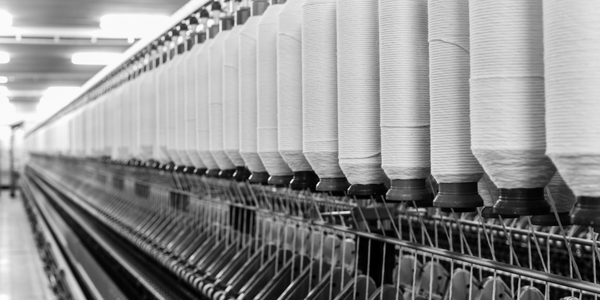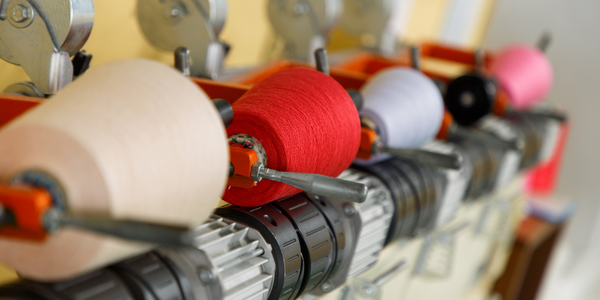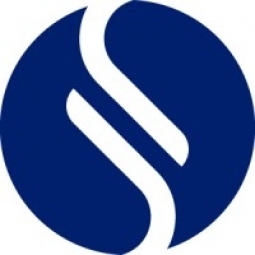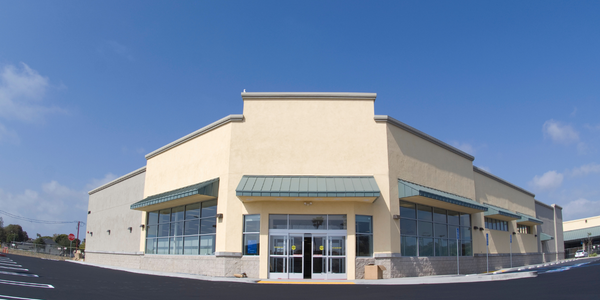公司规模
Mid-size Company
地区
- Europe
国家
- Germany
产品
- Sphera’s LCA for Packaging
- Sphera’s Product Sustainability Software and Data
- Sphera’s Sustainability Consulting
技术栈
- Life Cycle Assessment (LCA) tool
实施规模
- Enterprise-wide Deployment
影响指标
- Environmental Impact Reduction
- Brand Awareness
适用行业
- 服装
适用功能
- 产品研发
- 质量保证
服务
- 软件设计与工程服务
- 系统集成
关于客户
OLYMP is a leading producer of quality shirts, knitwear, sweat wear, and accessories. The company was founded in 1951 and is headquartered in Bietigheim-Bissingen, Germany. As of 2022, OLYMP has 887 employees and generates a revenue of €227 million. As a global company, OLYMP bears responsibility towards its employees, clients, suppliers, and partners in the producing countries. The company is also conscious of its impact on the environment, climate, and society. OLYMP is committed to sustainability and aims to meet the criteria for its sustainability flag GREEN CHOICE by 2025.
挑战
OLYMP, a global apparel company, was faced with the challenge of improving the environmental performance of their packaging while maintaining functional requirements. They needed to calculate the environmental impact of different packaging types and identify a reliable and easy-to-use life cycle assessment (LCA) tool for packaging. They also required external results verification for transparent communication. The company aimed to meet the criteria for their sustainability flag GREEN CHOICE by 2025, which involved increasing the proportion of sustainably produced raw materials, reducing the use of critical chemicals, and establishing environmentally friendly processes in production.
解决方案
OLYMP selected Sphera’s LCA for Packaging to assess the sustainability performance of their new packaging. The tool is an externally verified LCA calculator designed to quantify the environmental impact of different packaging solutions. Sphera’s sustainability consultants assisted OLYMP in using the tool by providing training and facilitating the verification process. In addition, OLYMP worked with Dekra to ensure the accuracy of the data entered into Sphera’s LCA for Packaging. The use of the verified tool in combination with the audited input data allowed OLYMP to make reliable and transparent public claims about the environmental performance of their packaging solutions.
运营影响

Case Study missing?
Start adding your own!
Register with your work email and create a new case study profile for your business.
相关案例.

Case Study
Fire Alarm System and Remote Monitoring Sytem
Fire alarm systems are essential in providing an early warning in the event of fire. They help to save lives and protect property whilst also fulfilling the needs of insurance companies and government departments.Fire alarm systems typically consist of several inter-linked components, such as smoke detectors, heat detector, carbon monoxide, manual call points, sounders, alarm and buzzer. The fire alarm system should give immediate information in order to prevent the fire spread and protect live and property.To get maximum protection a shoe manufacturer in Indonesia opted for a new fire alarm system to monitor 13 production sites spread over 160 hectars. Although the company had an existing fire alarm system, it could not be monitored remotely.It was essential that the new system would be able to be monitored from a central control room. It needed to be able to connect to the existing smoke detector and manual call point. Information should be easily collected and passed on to the Supervisory Control and Data Acquisition (SCADA) system. Furthermore, the system should have several features such as alarm management, auto reporting, being connected to many client computers without additional cost, and run 24/7 without fails. The company also needed a system which could be implemented without changing the architecture of the existing fire alarm system.

Case Study
IoT Applications and Upgrades in Textile Plant
At any given time, the textile company’s manufacturing facility has up to 2,000 textile carts in use. These carts are pushed from room to room, carrying materials or semi-finished products. Previously, a paper with a hand-written description was attached to each cart. This traditional method of processing made product tracking extremely difficult. Additionally, making sure that every cart of materials or semi-finished products went to its correct processing work station was also a problem. Therefore, the company desired an intelligent solution for tracking assets at their factories. They also wanted a solution that would help them collect process data so they could improve their manufacturing efficiency.

Case Study
Retailer Uses RFID Scanner to Improve Efficiency
Patrizia Pepe wished to improve the logistics of their warehouse: accepting incoming goods from their production sites, movement of items throughout
the warehouse, and packaging of goods for distribution to the retail locations. They initially tried to use barcodes for this function. Because barcodes must be individually scanned within a line-of-sight, the acceptance of goods coming into the warehouse was too time consuming. Working with the University of Florence, Patrizia Pepe instituted a five-month pilot project beginning in August of 2009 to test the validity of an RFID solution. The pilot involved tagging of about 60,000 items for the second seasonal collection, and convinced the company to move forward with tagging all items.

Case Study
Monitoring and Controlling Automatic Mixing and Dispensing Machines
As technology advances, textile manufacturing has been transformed from a labor-intensive to a partially or fully automated industry. Automation is significant in all segments of textile production - from spinning to printing, and textile machinery manufacturers are constantly searching for new technologies and automation processes will increase the productivity of their machines. The color paste mixing and dispensing machine is an essential part of the printing and dyeing process. With the advantage of automatically computerized controls and database management, the system can significantly improve its dispensing precision, working efficiency and production quality as well as reducing material consumption.









